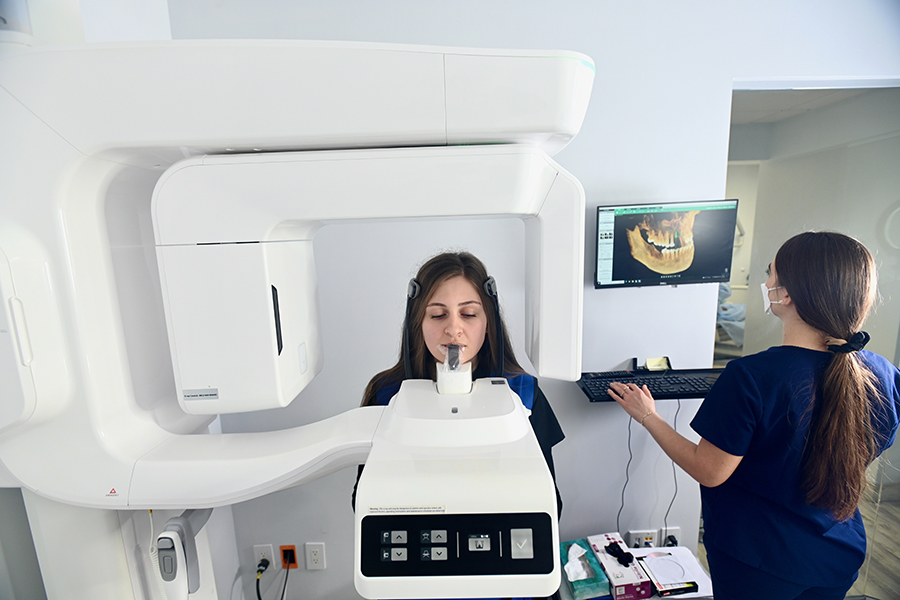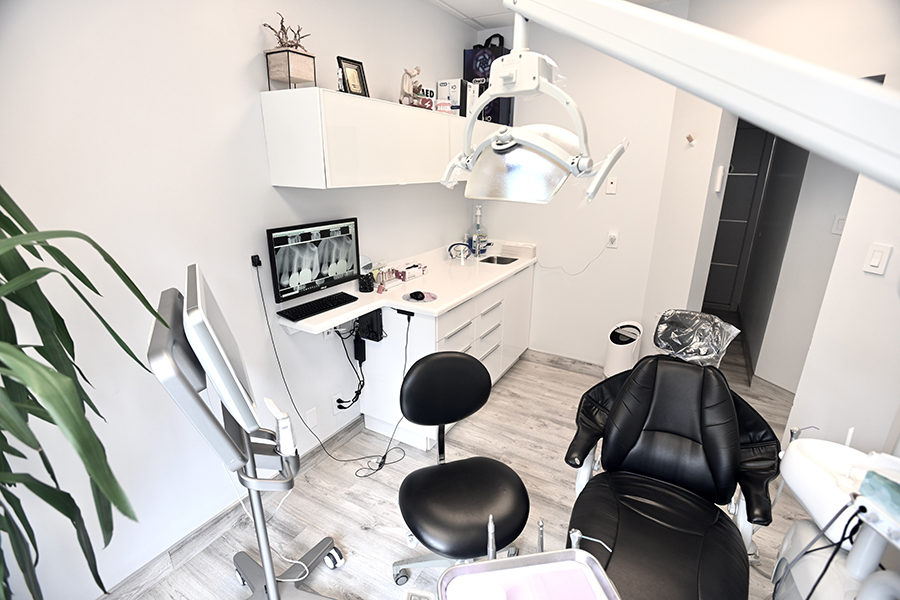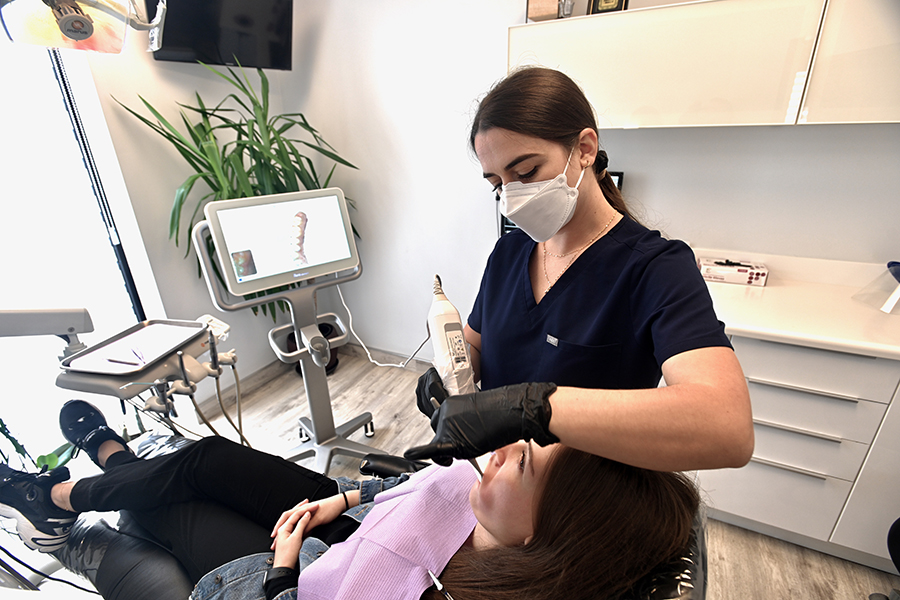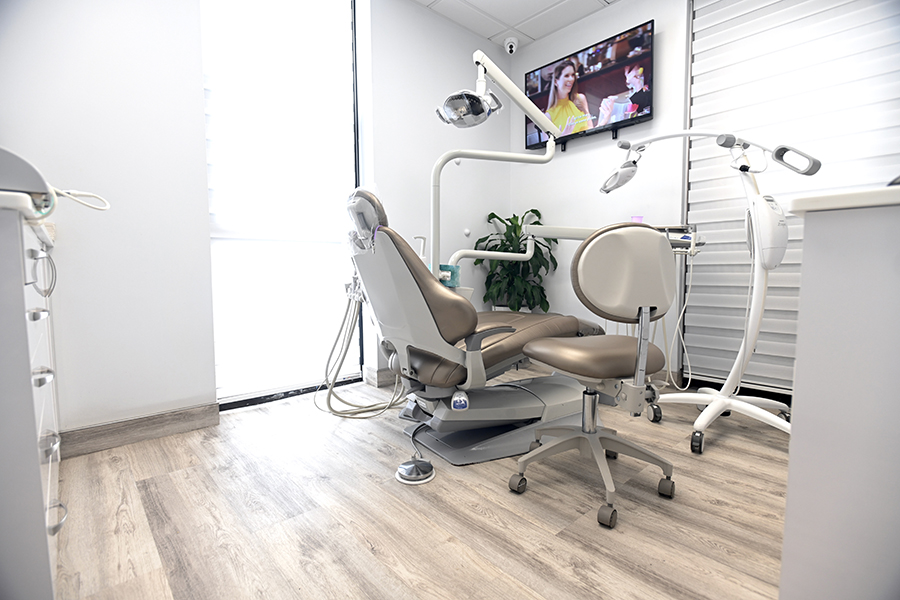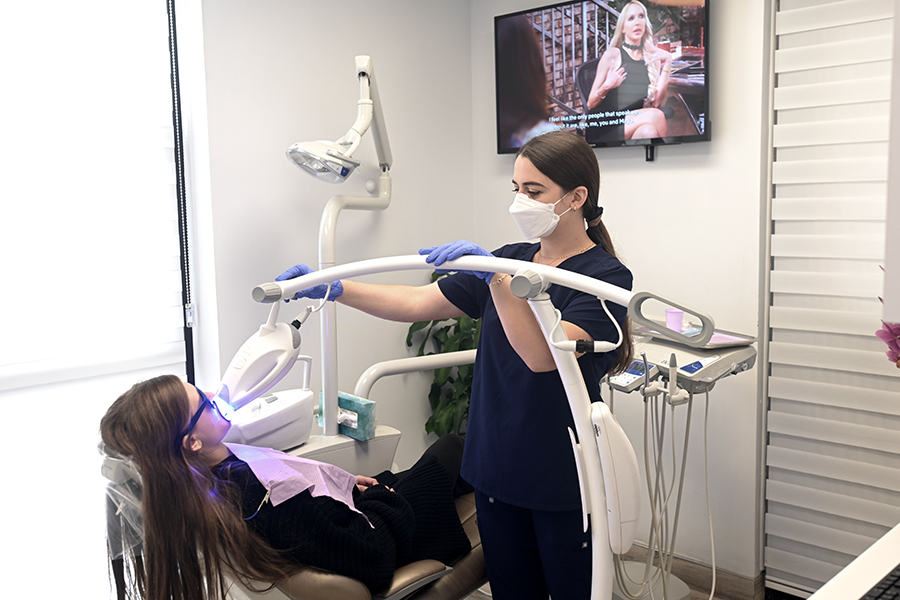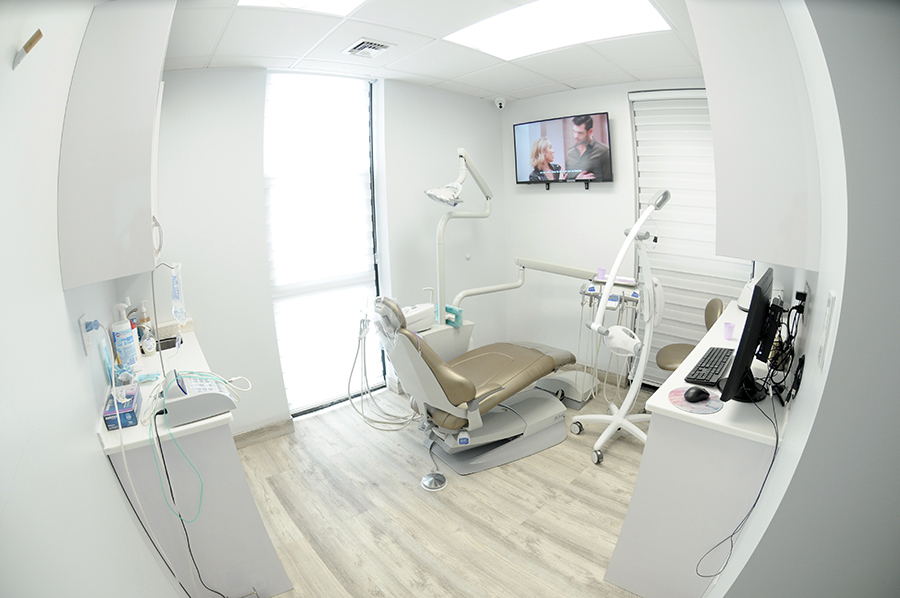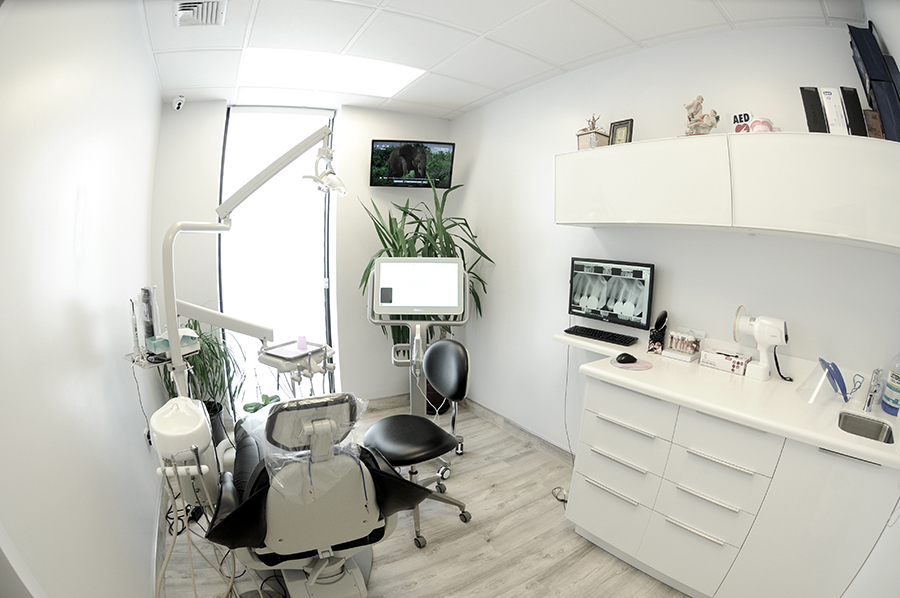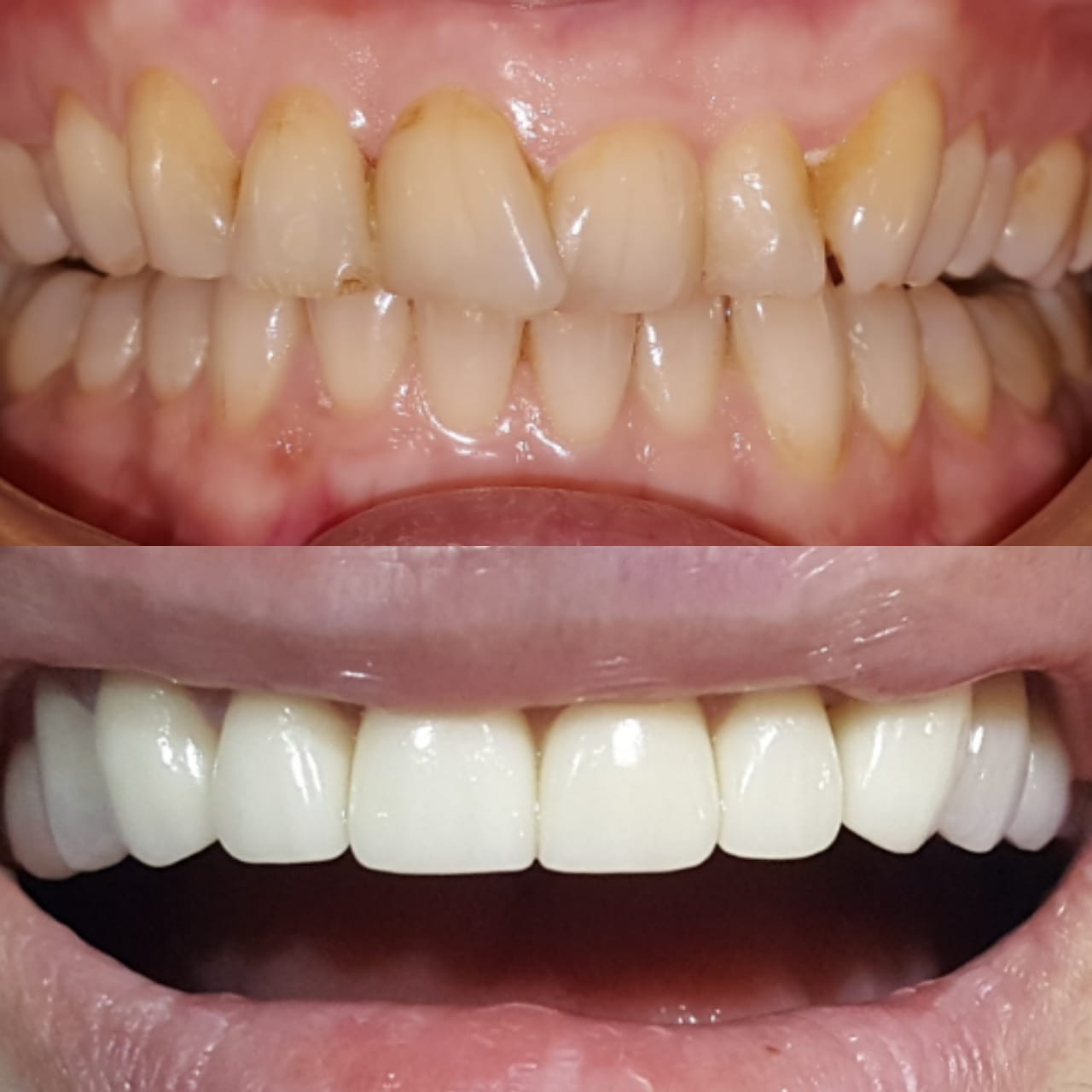
Veneers Dentist
any people have problems with the shape and color of their teeth. One solution to this sort of tooth dilemma is called porcelain veneers (tooth veneers). Tooth veneers has improved the smile of many patients.
What are Veneers?
If you have been searching for a method that will enhance your teeth and brighten up your smile, veneers are a great option. Veneers are described as thin pieces of plastic (or porcelain) that is glued to the front teeth. One advantage of veneers is that it doesn’t require anesthesia. So, if your teeth are crooked, uneven spaces, pits, small holes, chipping or discolored teeth, veneers is the perfect solution that is a painless procedure.
The difference between veneers and crowns is that the dentist doesn’t have to extract much of your tooth. The only downside is that when the tooth is removed, it increases the chances of tooth trauma.
How are Veneers Made?
Veneers are developed from an impression taken from a cosmetic dentist. Once a custom veneer has been created, he/she will glue it to the patient’s tooth. On average, veneers tend to be more affordable compared to other type of cosmetic dental options. Most of all, a tooth veneer will not stain and it can last up to 15 years. Here is a step-by-step process of how veneers are placed on the teeth.
Step 1: During the initial appointment, the cosmetic dentist will discuss the process of installing your veneers.
Step 2: The ‘try in’ phase. The dentist will give you the opportunity to try in your veneers with cement that matches the color of your permanent attachment. The cement used in the process is only temporary.
Step 3: Your dentist will show you how your teeth will appear up against natural and artificial light.
Note: Veneers are so thin that they can be compared to a pair of contact lenses. Your veneers will more than likely need to be decreased to approximately 0.5mm to 1.0mm or to your satisfaction.
Step 4: A mold will be taken of your teeth. Then your veneers will copy the mold.
Step 5: Your dentist will give you a temporary set of veneers for you to wear until your permanent set has been created.
Note: At this point, it is imperative that you let your dentist know if you want any changes to the size or shape of your veneers.
Step 6: The veneers are placed with glycerin (or water), on your teeth, to analyze the color and the fit. Once the veneers have been applied to your teeth, you will not be able to change the color. Then the tooth is immersed with chemicals for maximum bondage. When the dentist places the glue between your teeth and the veneer, a light is applied in order to harden it up.
Do you have questions regarding tooth veneers? Feel free to call the office to schedule for a dental consultation.


